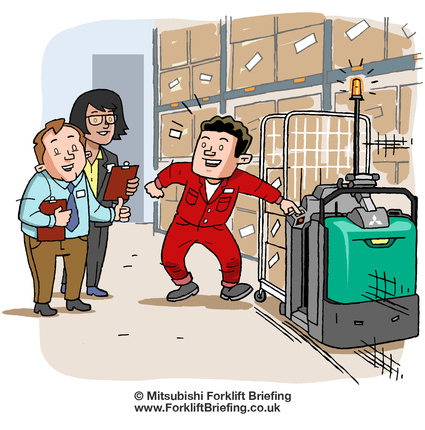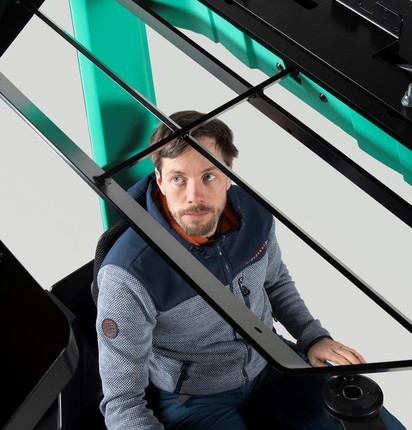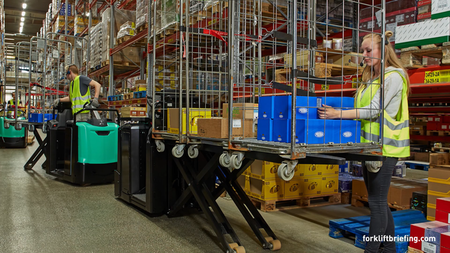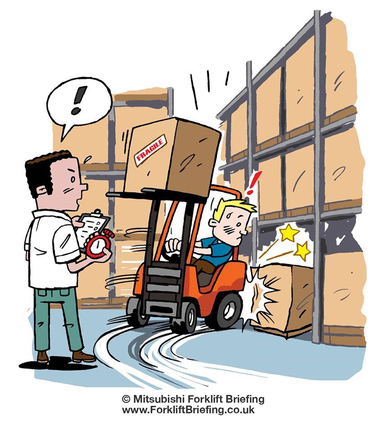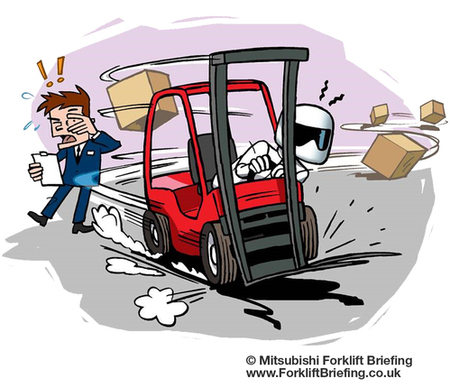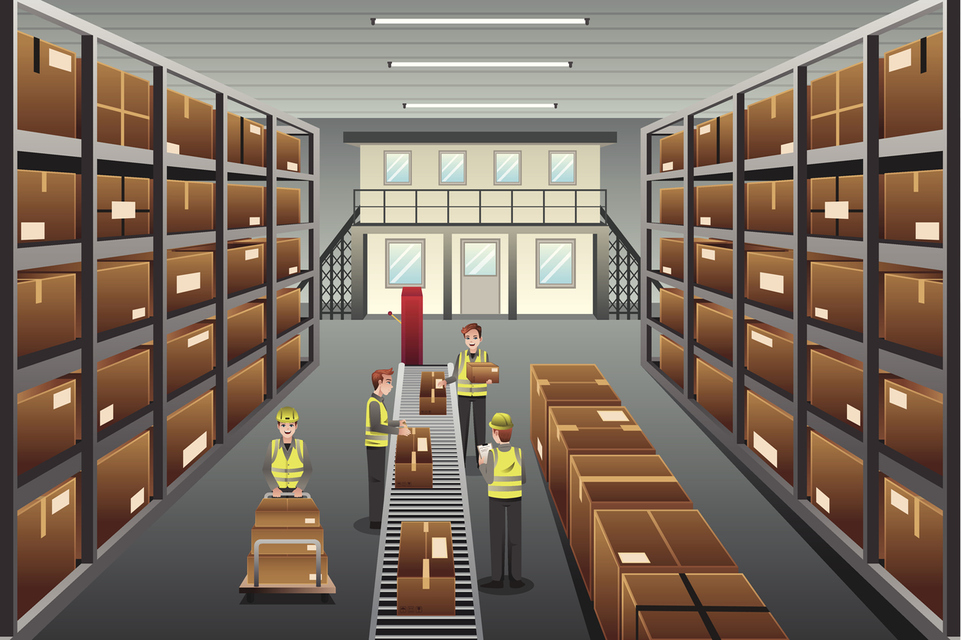
2 areas where you can increase the productivity of your warehouse operations
Last year, we wrote an article with suggestions for a summer makeover , with a specific focus on addressing safety issues. With the global health crisis replaced by fresh difficulties, this summer may be the ideal time to tackle some productivity challenges. That could be in response to declining markets or because of increasing sales opportunities, caused, for example, by the continuing rise in online shopping.
Here are two areas where you could enhance productivity in your warehouse operation:
1. Take another look at your warehouse lay-out
The six fundamental warehouse processes comprise receiving, put-away, storage, picking, packing and shipping. Each and every area provides opportunities for an efficiency improvement, but lay-outs are influenced by a myriad of factors. Typically, this might be the build-up, sizes and volumes of the product range, working methods, types of materials handling equipment and sizes and volumes of the warehouse itself. Be aware though, that making changes in one area, might well affect work further down the flow, so changes need to be made carefully.
For the storage area there are many different racking solutions. We described in another article the racking types, their functions and their best applications. By switching to higher rackings and smaller aisles, in combination with reach trucks, you can reduce the footprint of the storage area, whilst maintaining the same storage capacity. Double deep stacking can yield an even closer density, but requires a more standardized product range, as you will loose on instant availability of each pallet. You may want to explore ways to combine storage and orderpicking within the same racking system to get the most out of your investment.
The packing area should be near the end of the order picking process and connected to the shipping area. You could also decide to reorganize and combine both activities into a single section.
In conclusion, every process can be revised. However, only after you have mapped the current flow of goods and compared them against older ones, will you have the opportunity to start implementing those changes. It’s a good idea to tackle the six processes week-by-week, keeping in mind their interlinkage. Once that thought process is completed, you can develop an action plan.
2. Re-think you orderpicking strategies and resources
Changing order patterns (more and smaller orders) could be a good reason to look closely at your orderpicking operation. Roughly, you can divide order picking methods into two types: single order picking and multi order picking.
With single order picking, employees collect orders one-by-one on, typically onto pallets on a pallet truck. Large orders with many different order lines are efficiently collected and picked in this way. Ask yourself: are the goods coming from different areas? If so, instead of picking the whole order, your picker could stick to zone picking. With this method, pickers collect part of the order, then pass it on to each other.
Another option is to collect orders from different areas separately and combine them at the shipment area. We call this order consolidation. This is especially useful if products from one order need to be picked from a frozen, cool or “dry” warehouse zone.
With multi order picking, one employee collects several orders at the same time to minimize walking distances. Multi order picking can be implemented in different ways. Sort-while-pick means that employees collect several orders at the same time and sort them directly into bins or crates. Alternatively, they can be placed directly within the shipment packaging, known as pick-in-box.
With pick-then-sort, also called batch picking, multiple orders are collected at the same time and later sorted into sales orders. What is your strategy today? Could switching to one of the methods deliver greater throughput?
Besides considering techniques, you could also re-appraise the current materials handling equipment. Instead of pallet trucks or forklifts, using dedicated order picking trucks might well increase output, whilst also offering gains in ergonomics. The reduction in fatigue and discomfort is something your employees will really appreciate!
- Action points
- Have a combined meeting with your racking and materials handling suppliers to discuss your new flow of goods plan
- Ask your employees to contribute to the change plan with their own suggestions
- Develop a step-by-step plan to keep change practical and achievable

